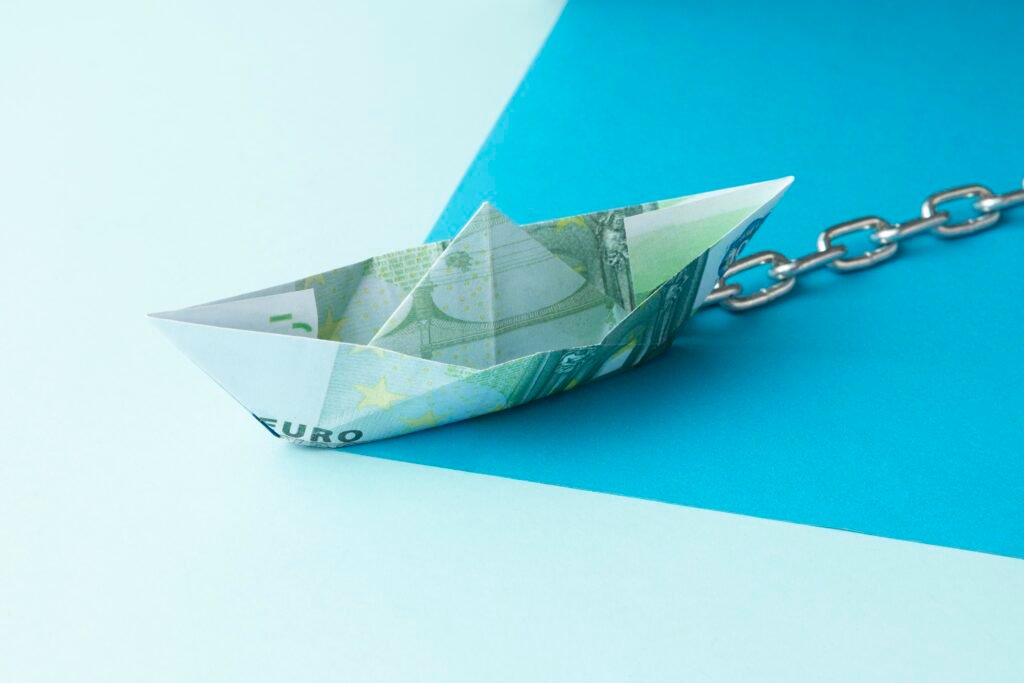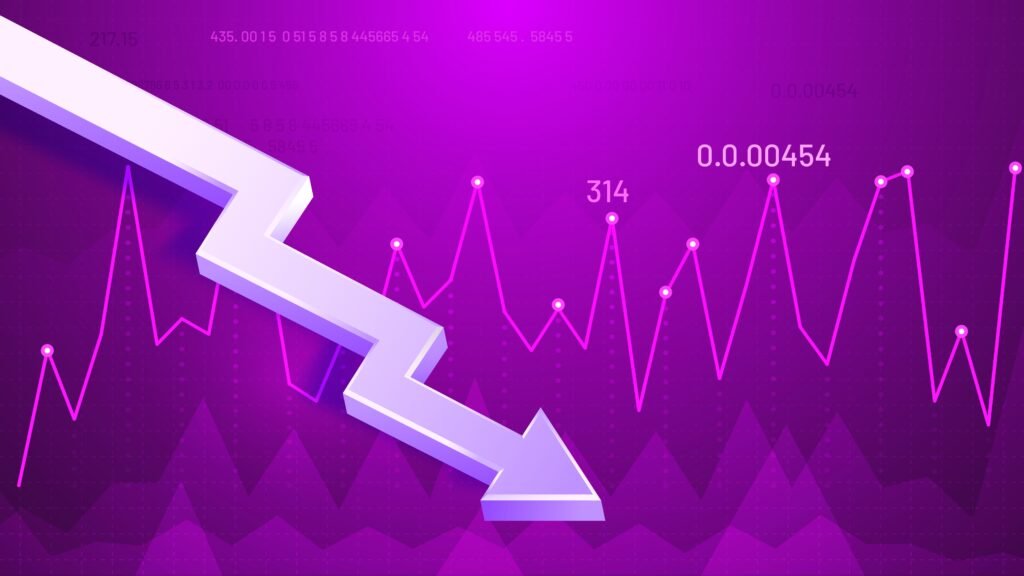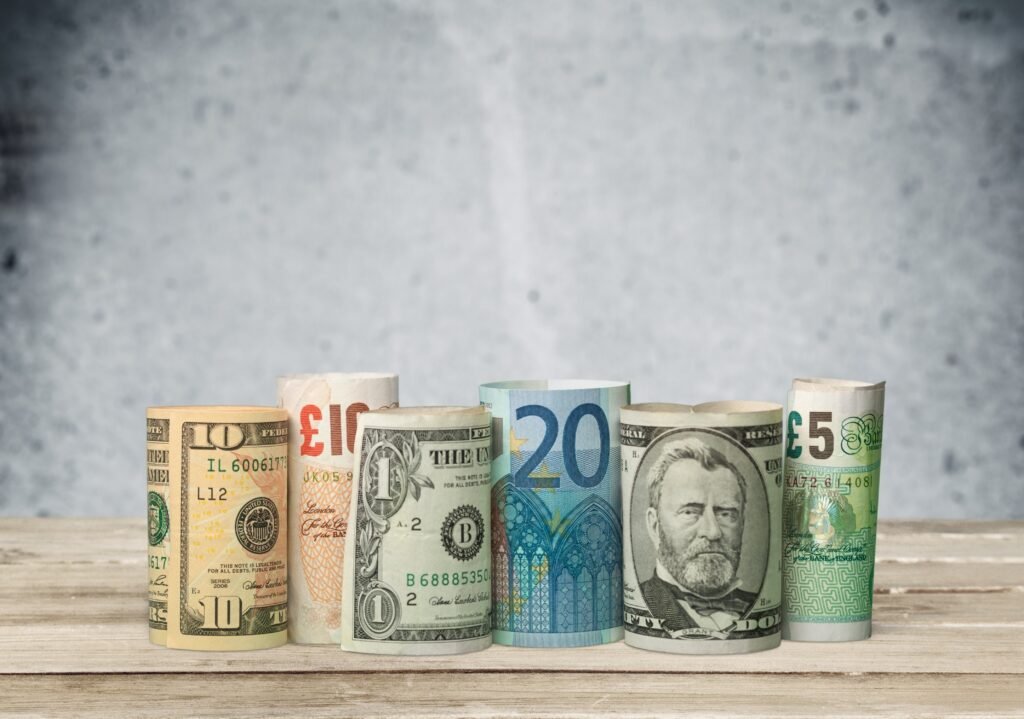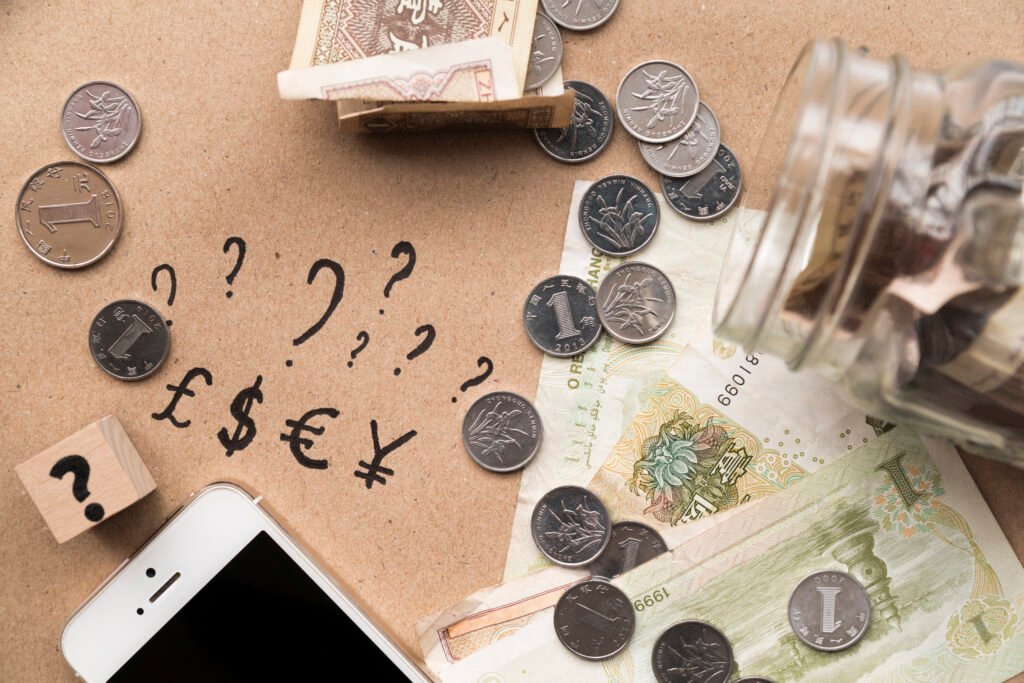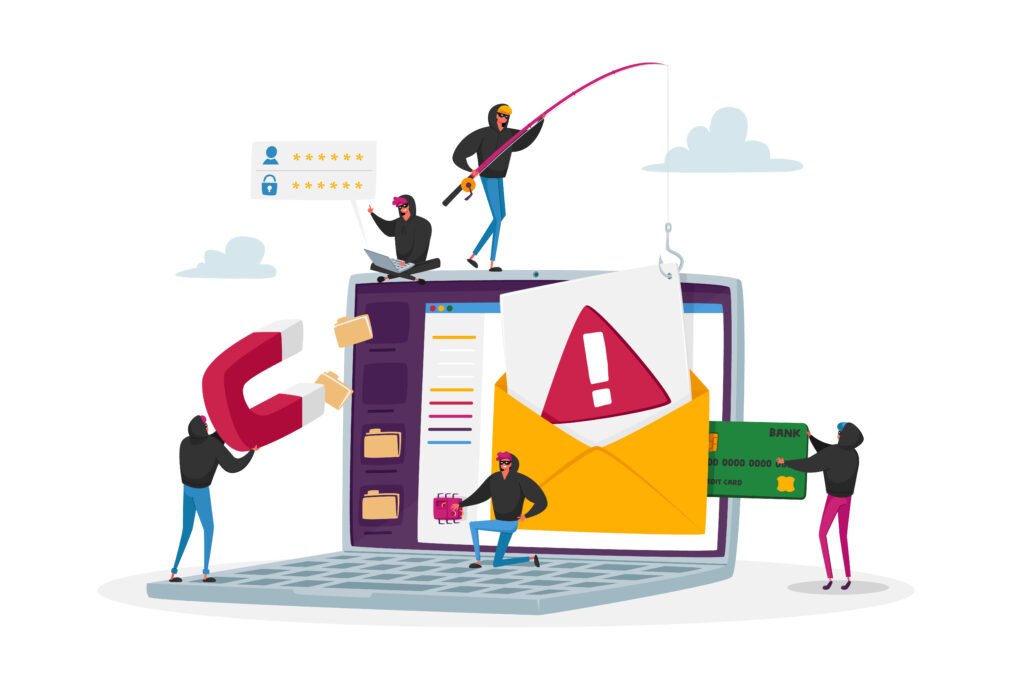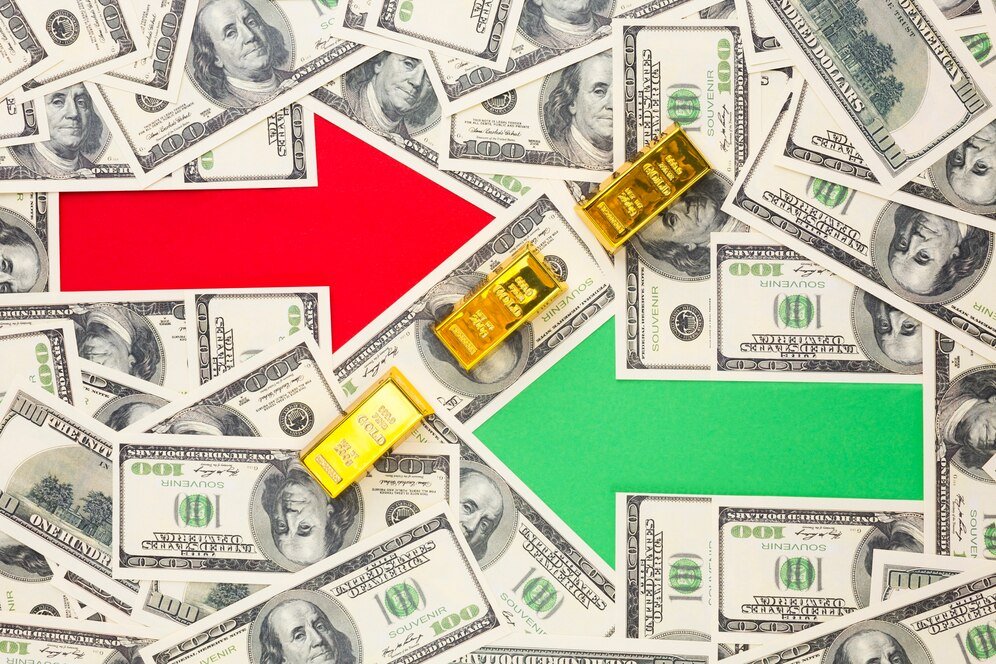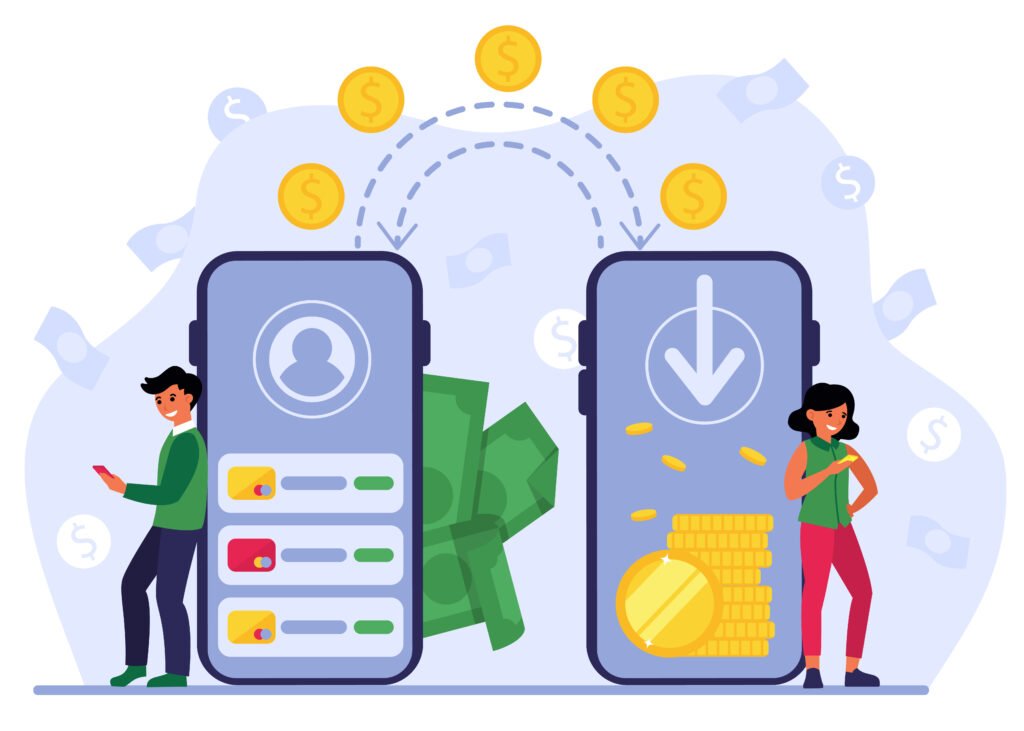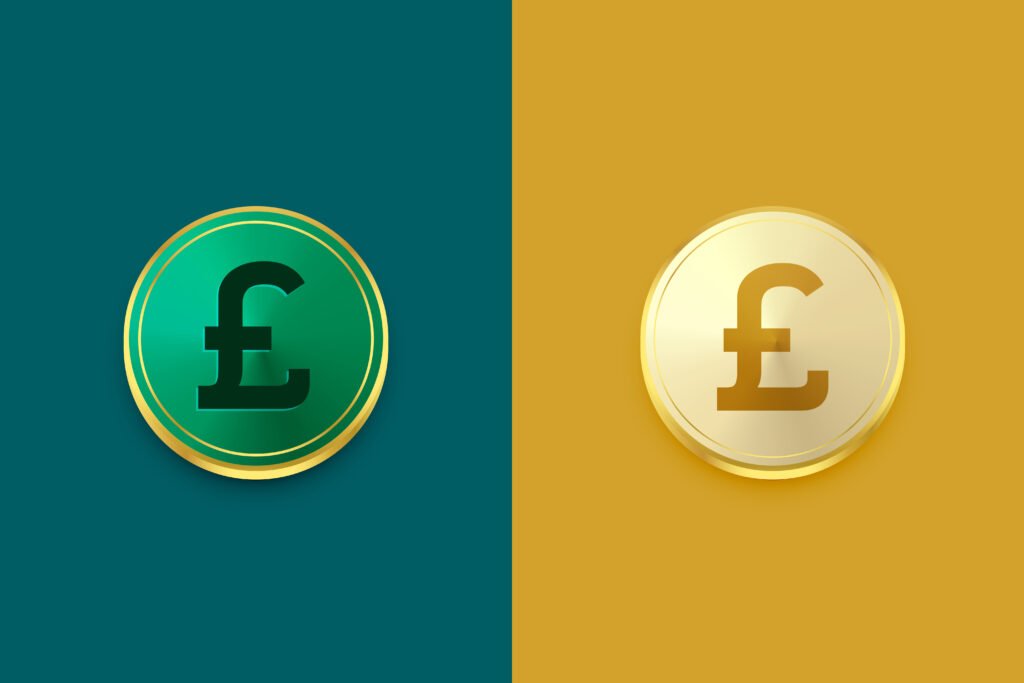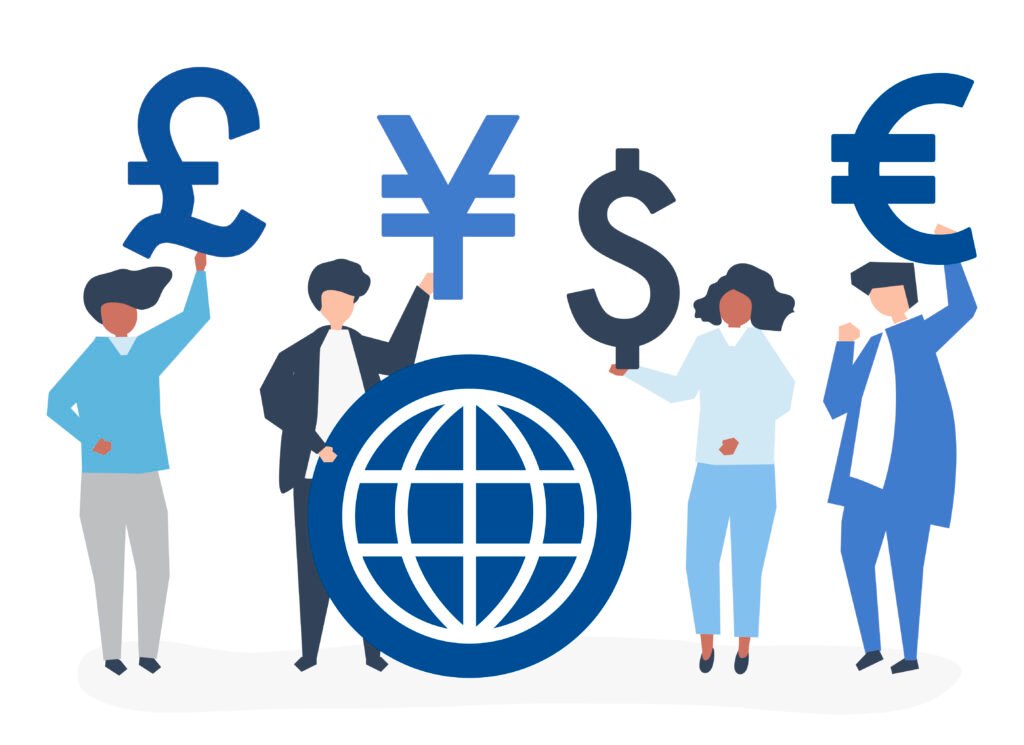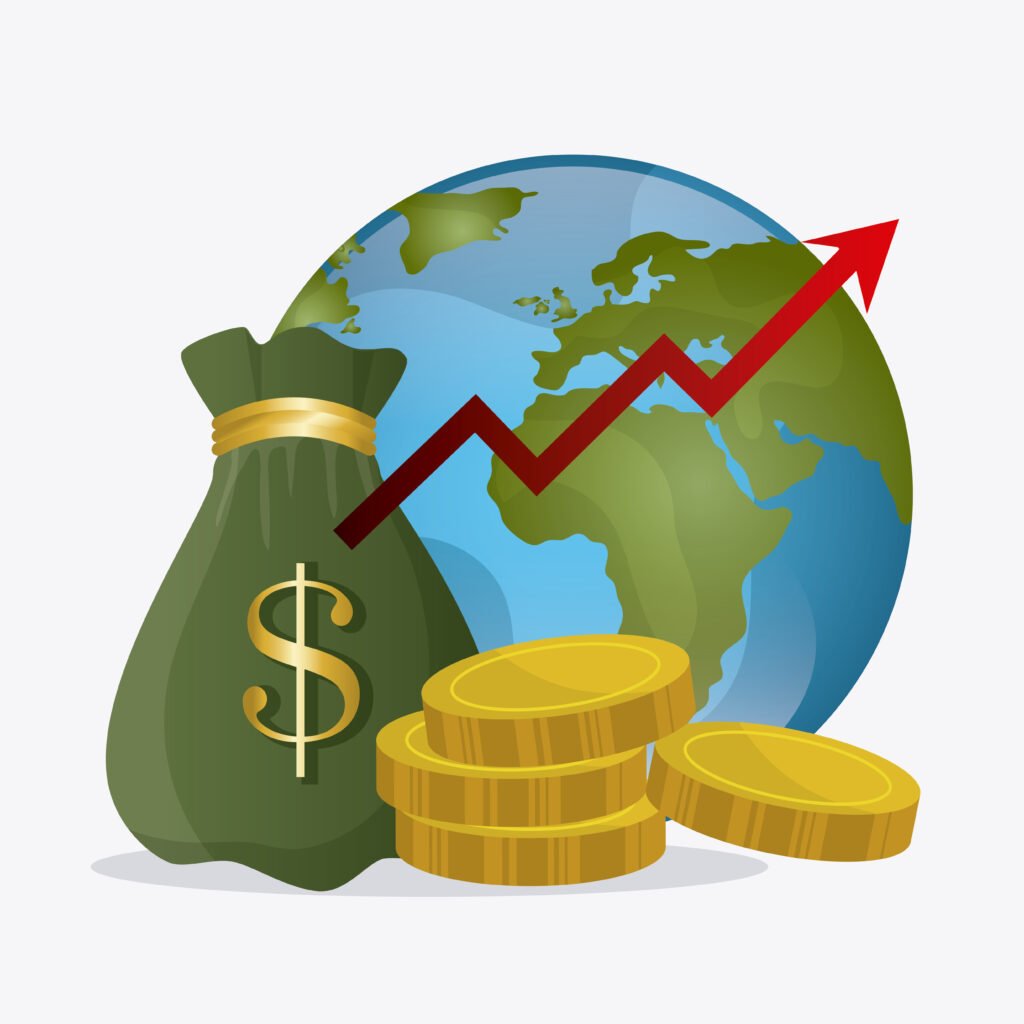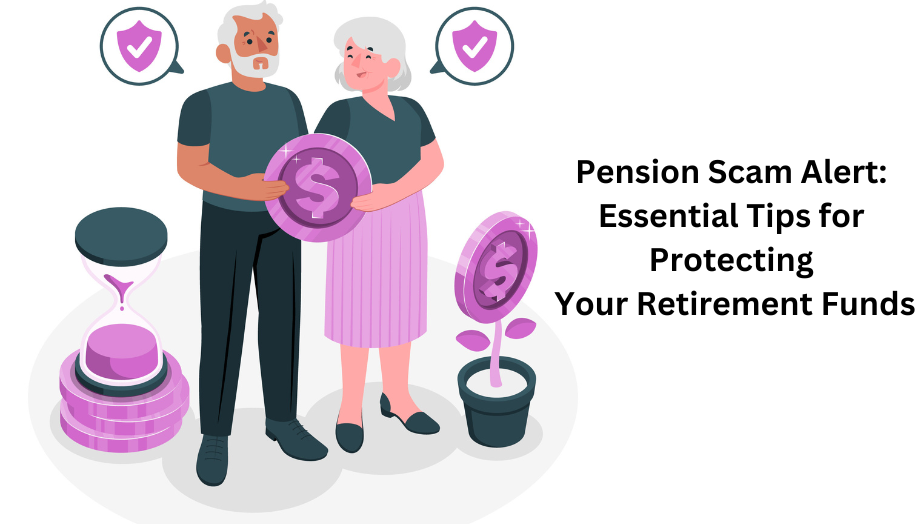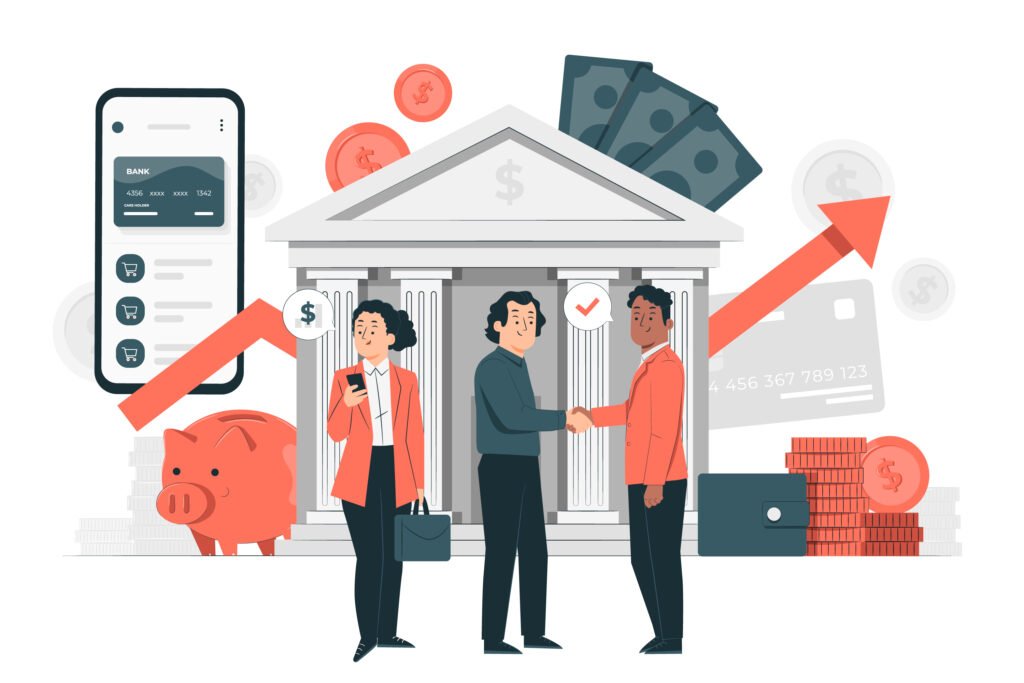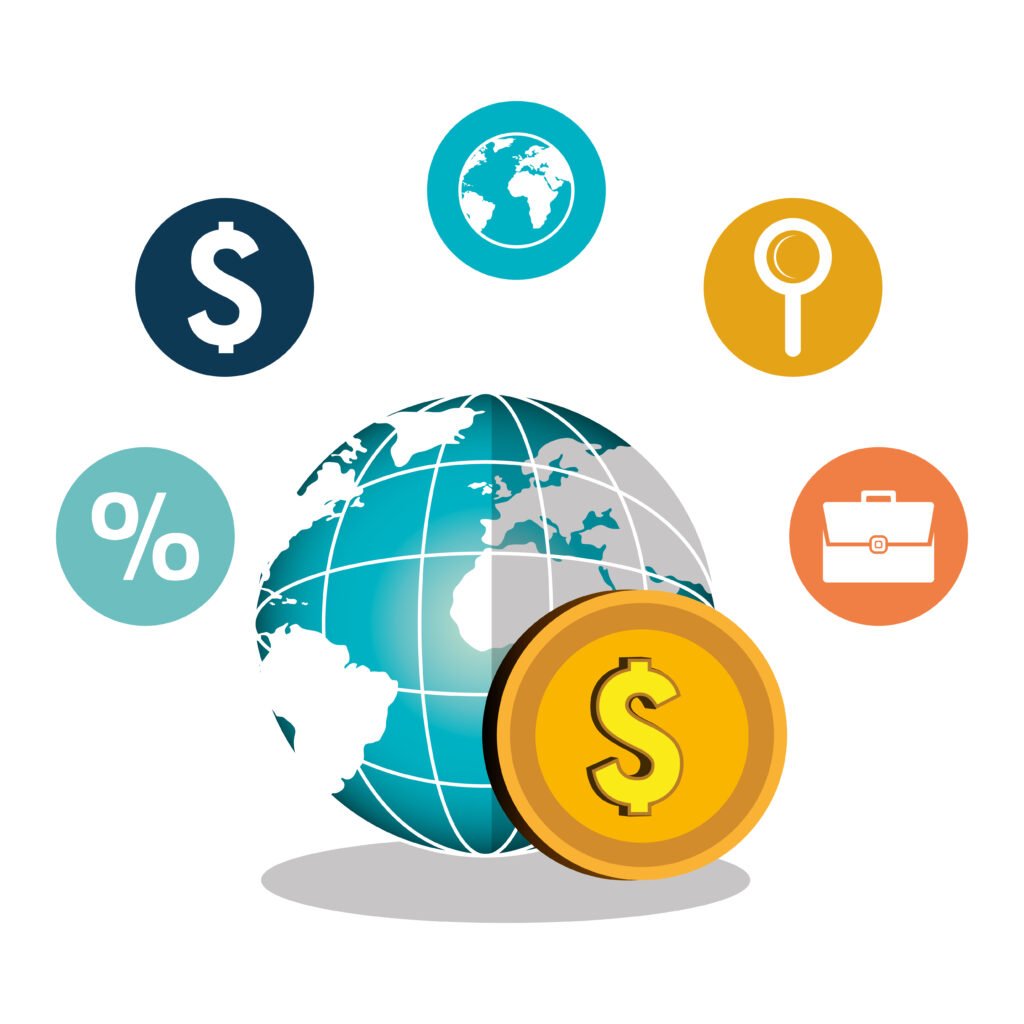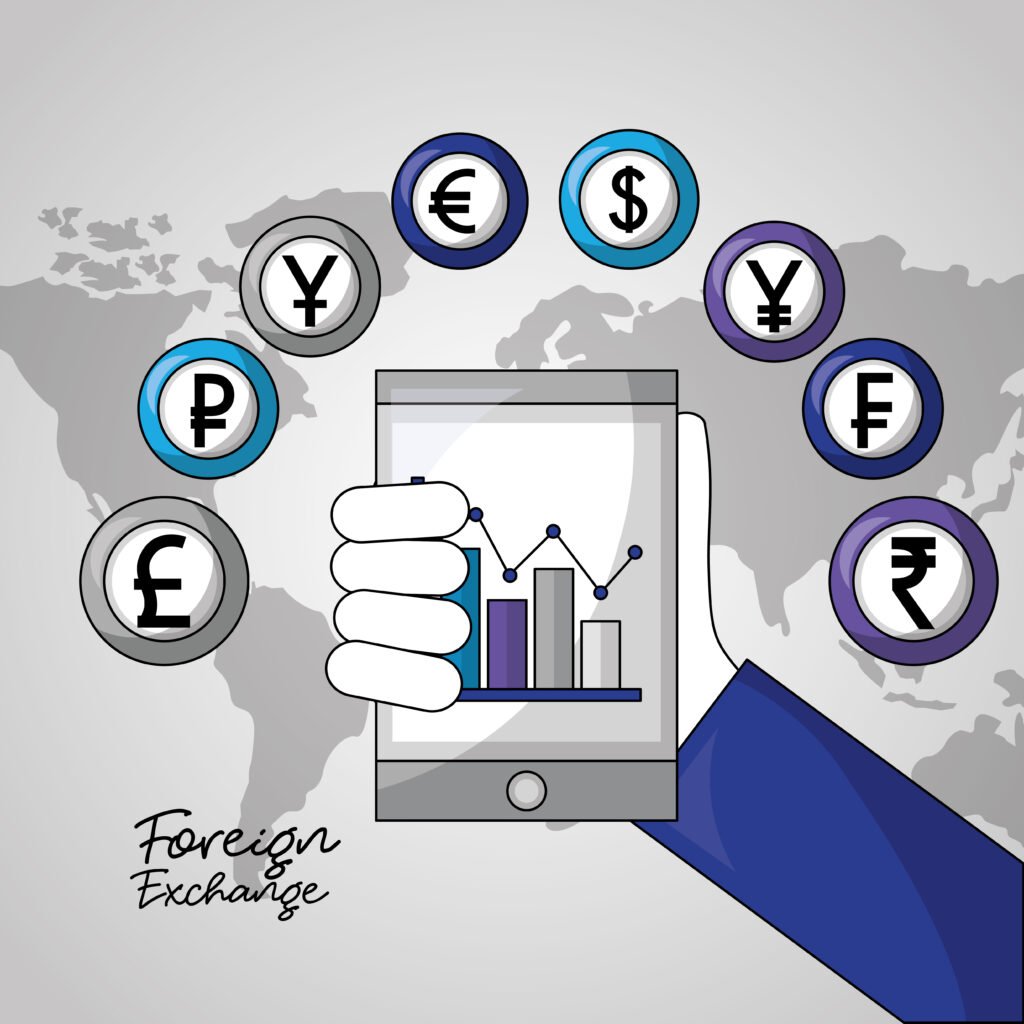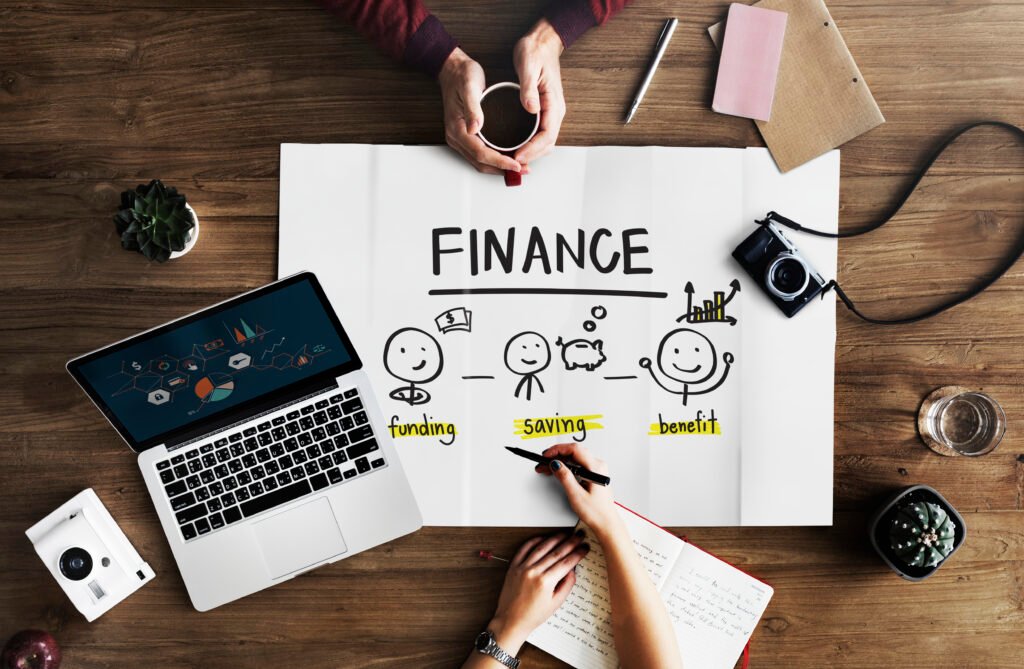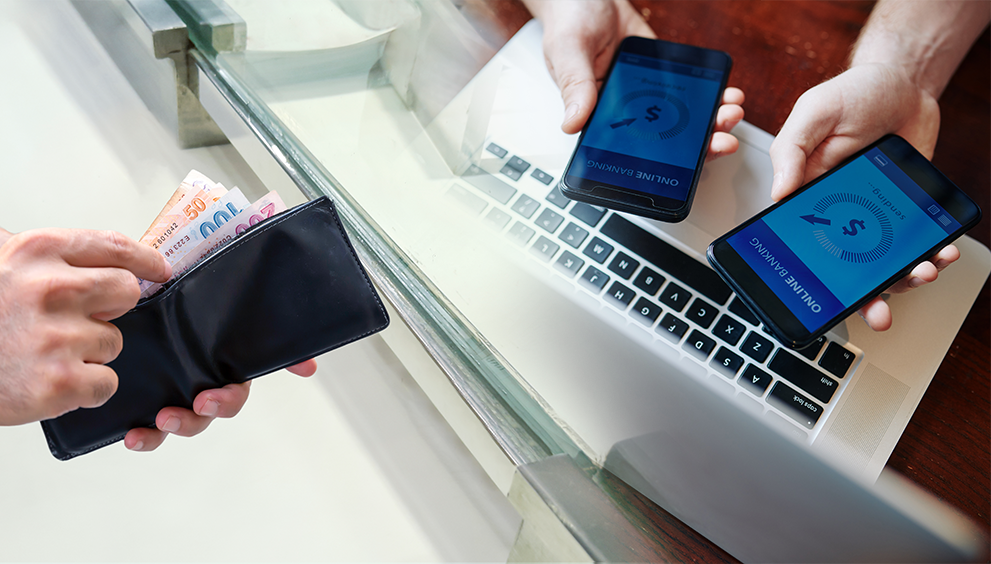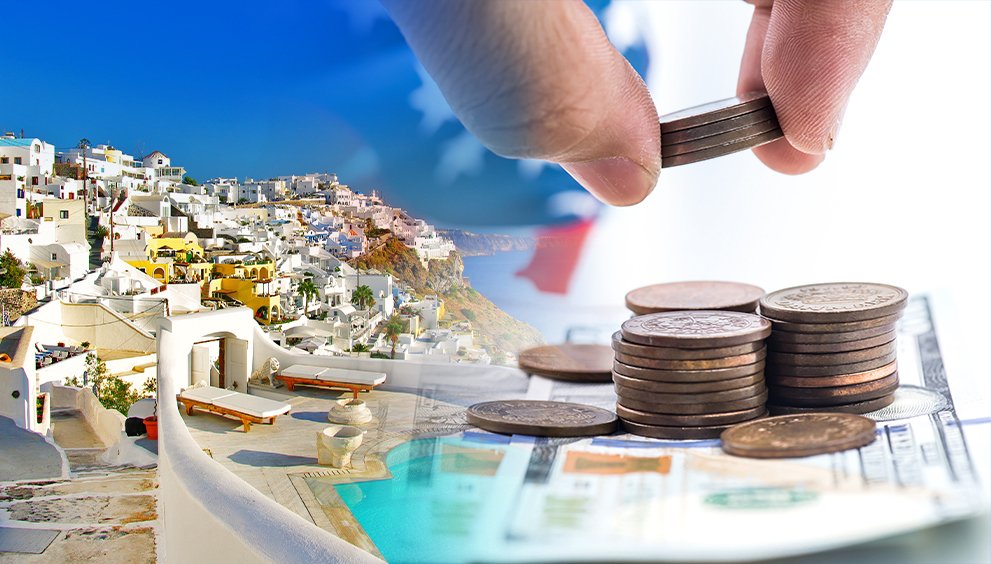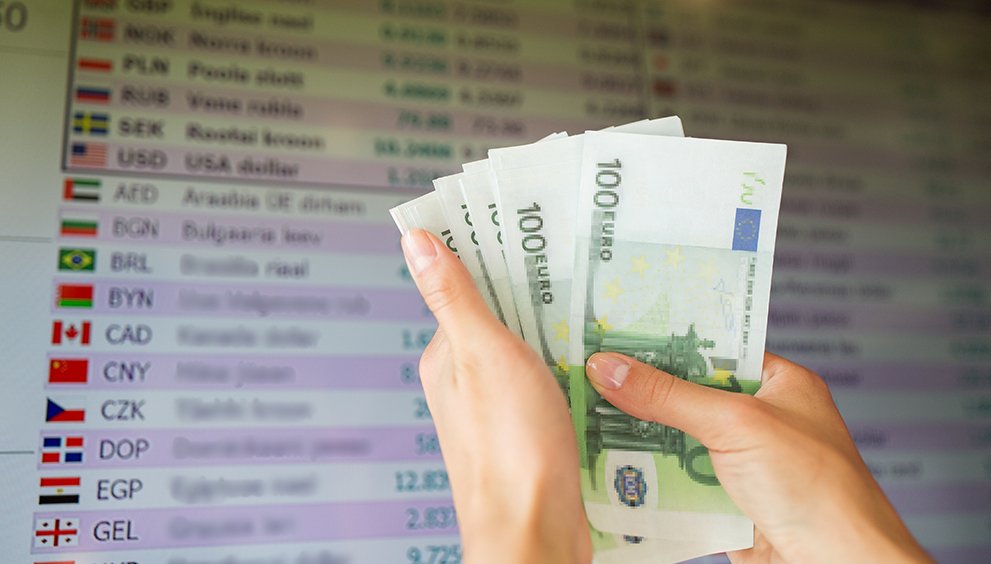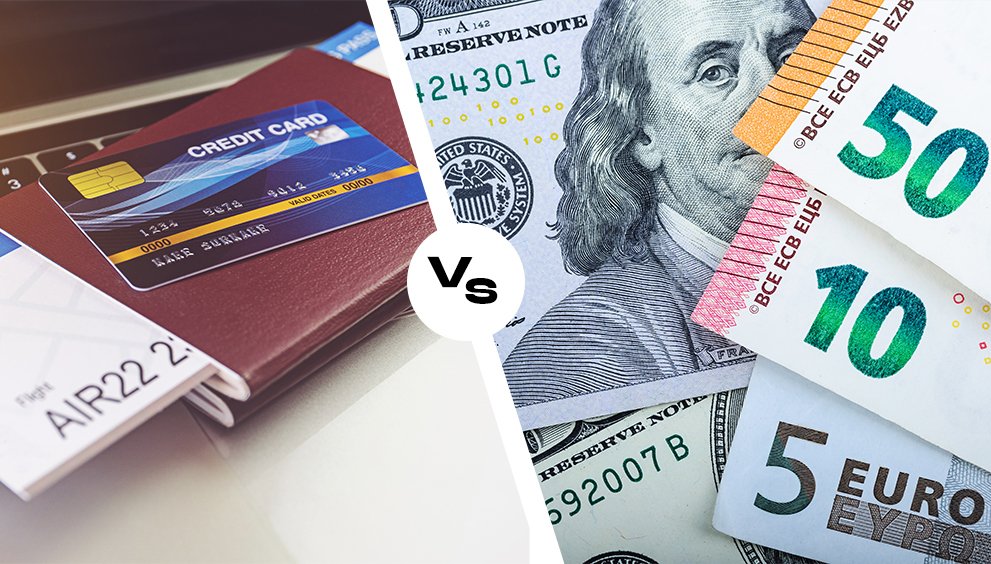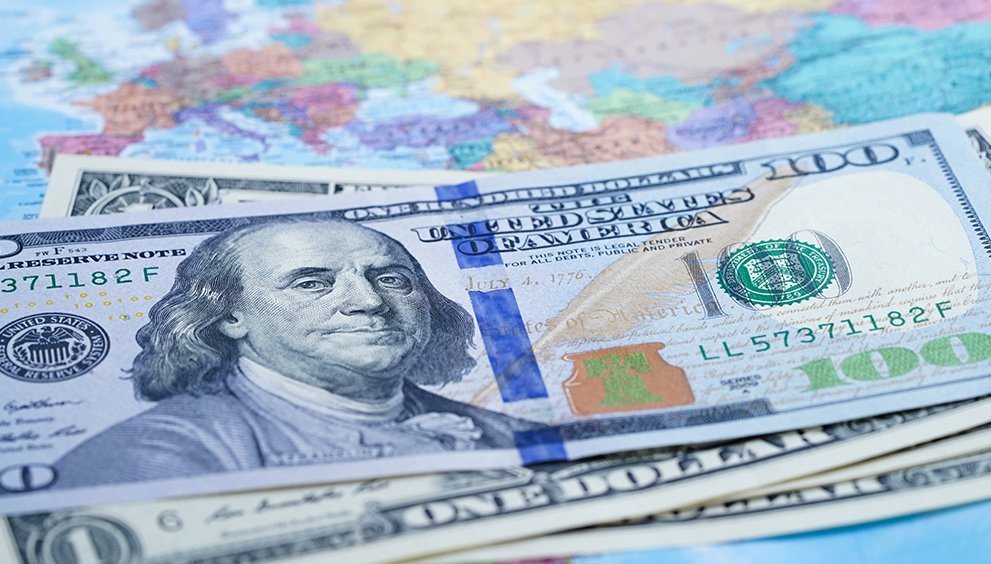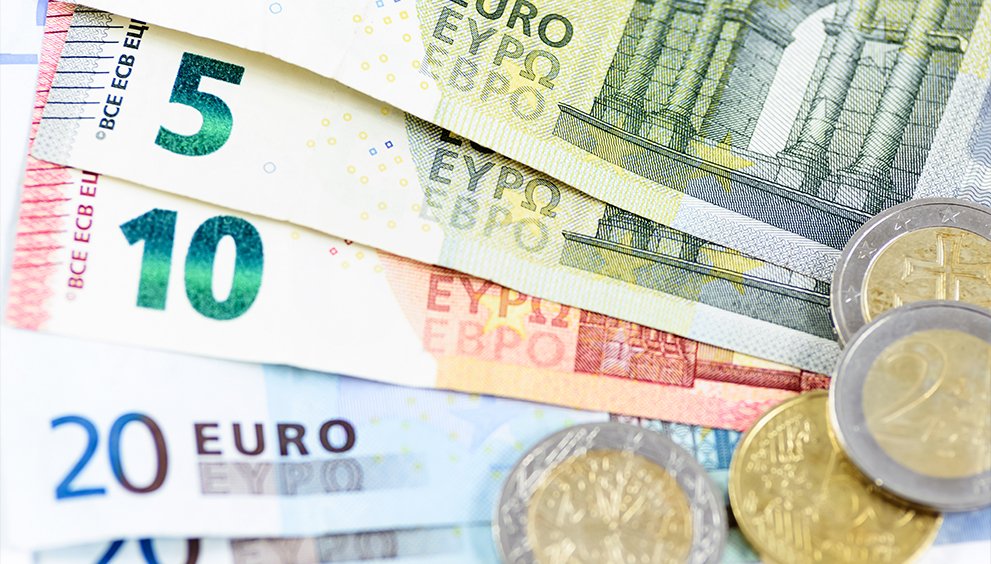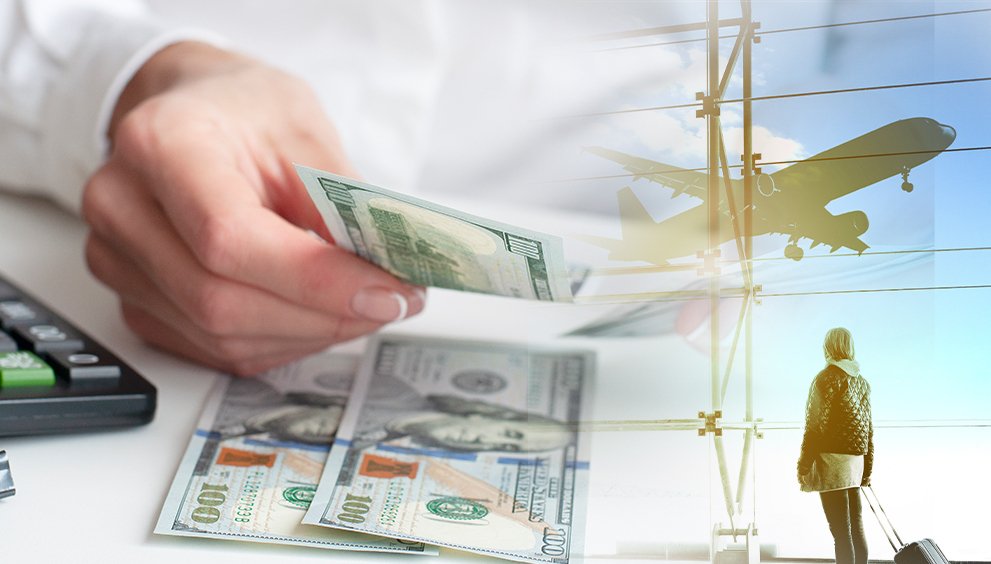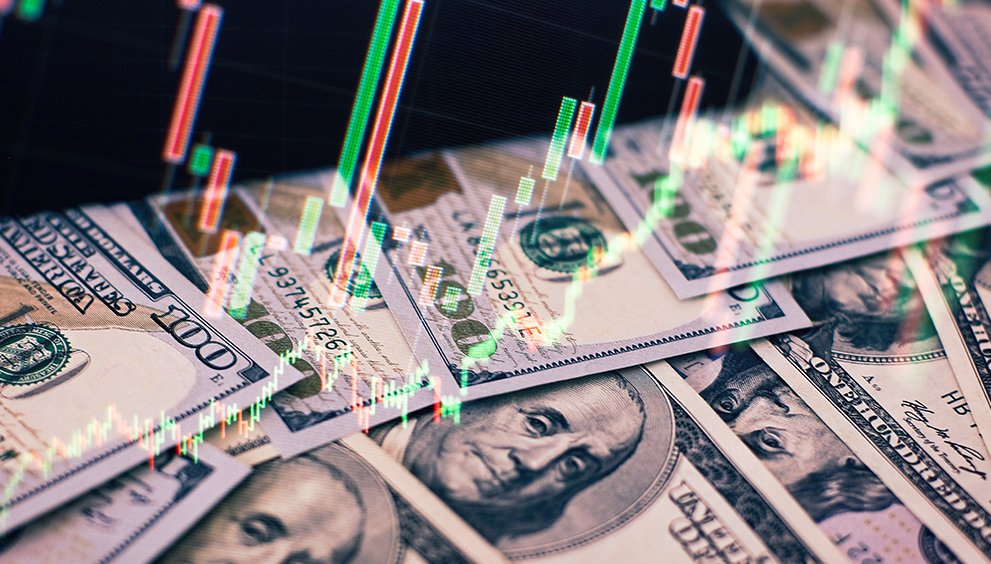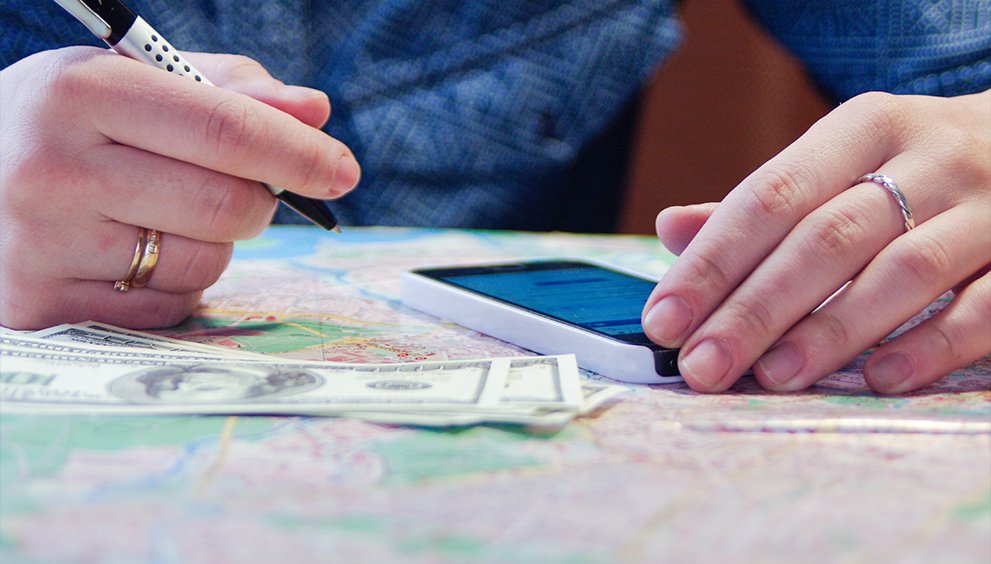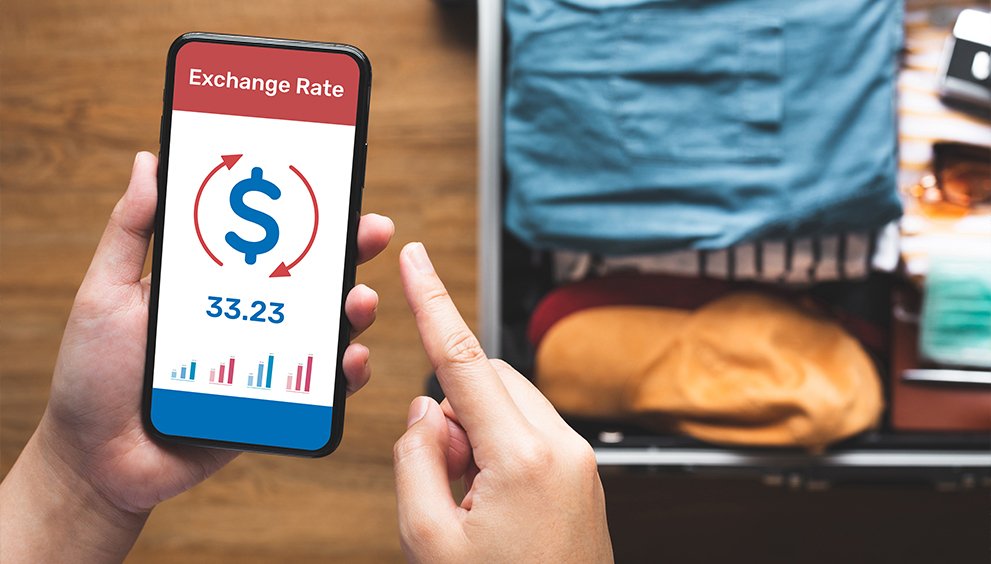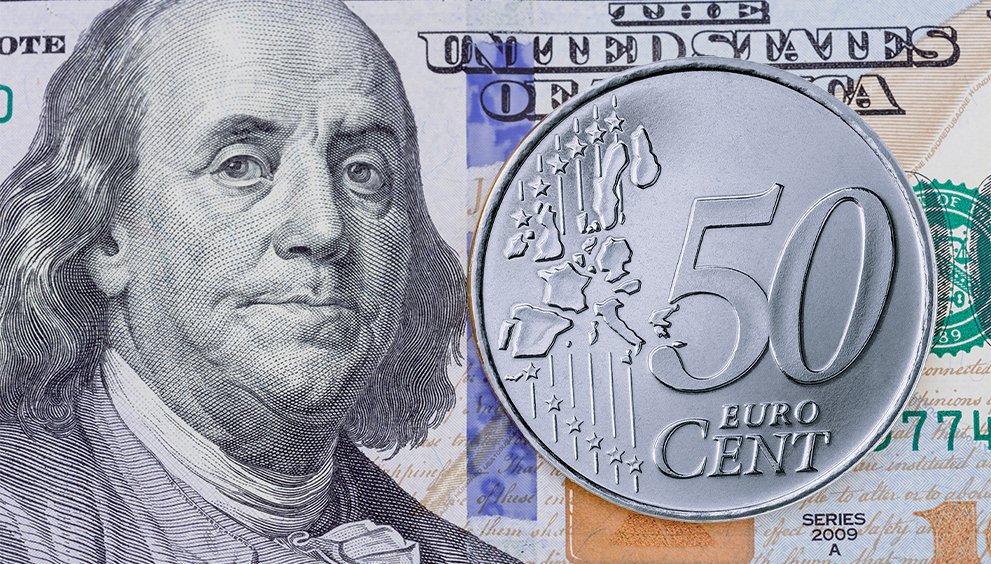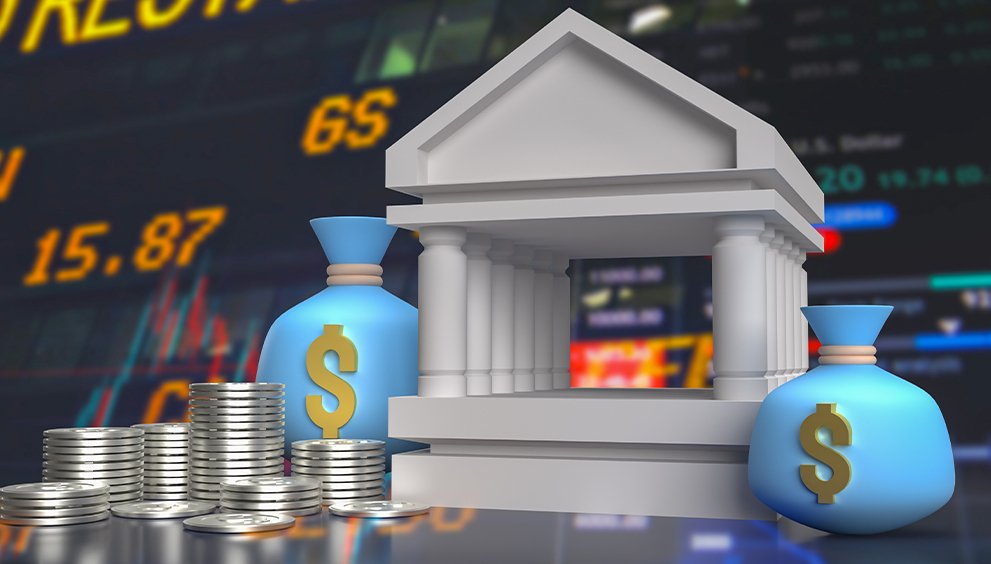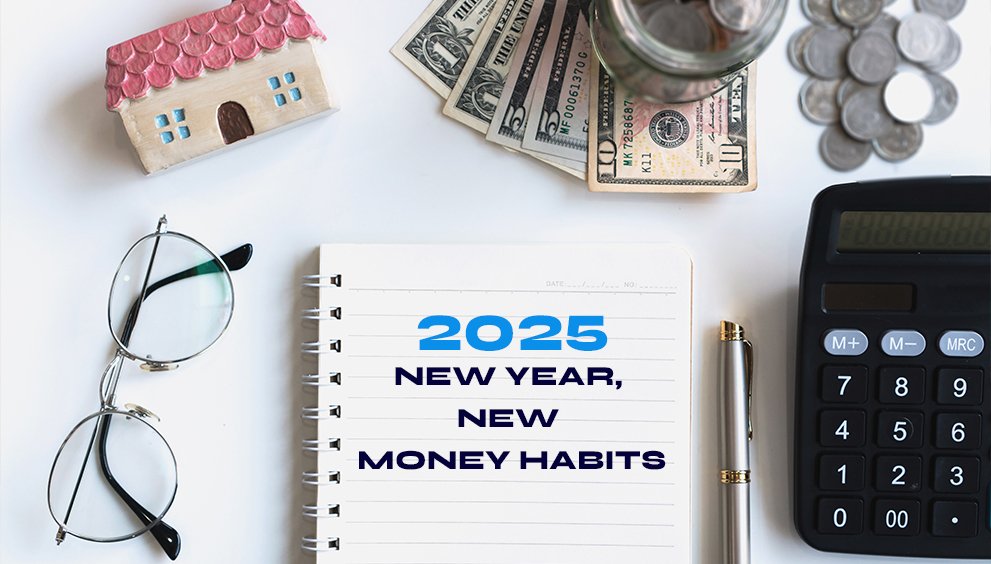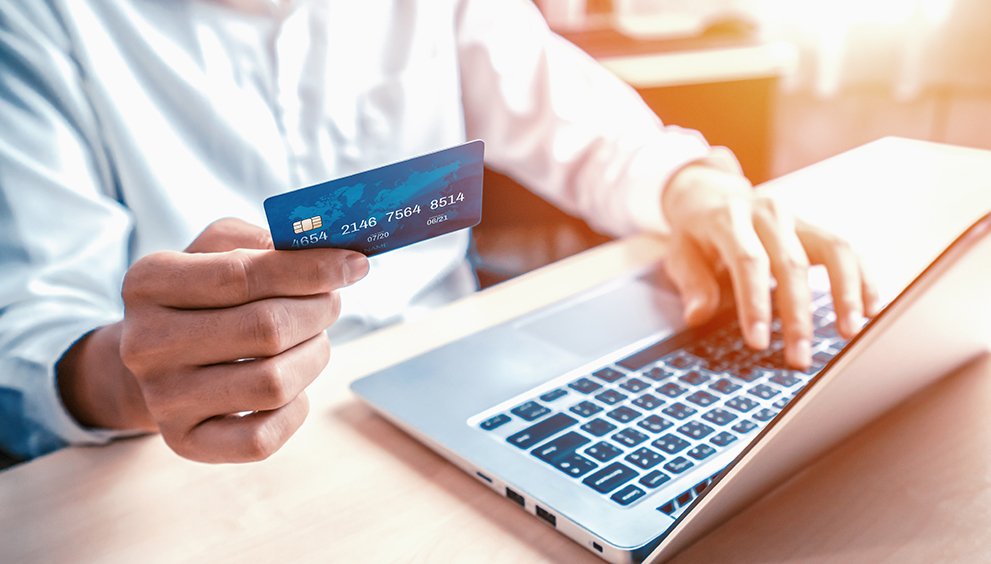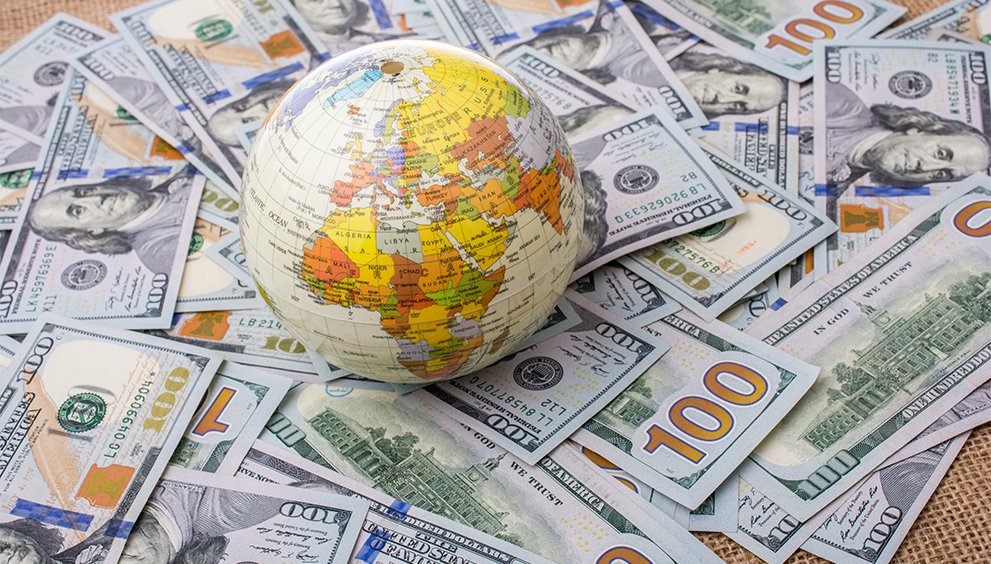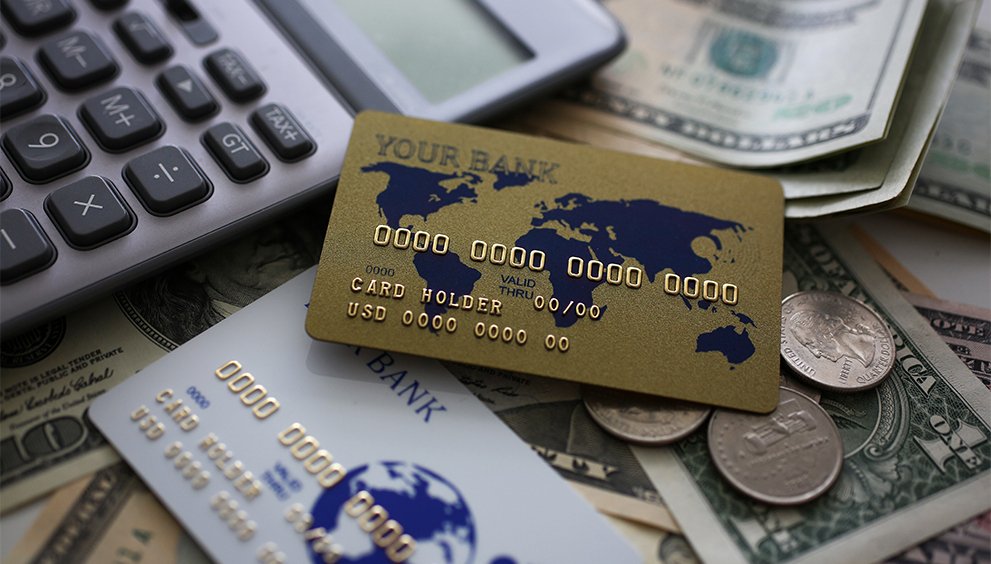How to Get the Best Exchange Rates While Traveling

Traveling internationally is an adventure, but it also comes with a key challenge: managing your money efficiently. Whether you’re enjoying a cappuccino in Rome or bargaining at a market in Bangkok, getting a good exchange rate can make a big difference in your travel budget. With so many options available—banks, ATMs, currency exchange counters, and apps—how do you ensure you’re not paying more than you should?
In this guide, we’ll cover smart tips and strategies to help you get the best exchange rates while traveling.
1. Do Your Research Before You Go
One of the simplest ways to save money is to prepare before your trip. Start by researching the current exchange rate for your destination’s currency. Websites like XE.com or apps like OANDA are excellent tools to give you real-time rates.
When you know the mid-market exchange rate (the “true” rate used by banks), you’ll have a baseline to compare what providers offer. This knowledge helps you spot hidden fees and inflated rates.
Pro tip: Bookmark an exchange rate calculator on your phone for quick conversions while abroad.
2. Exchange Currency at Your Local Bank
Your local bank or credit union is often one of the most cost-effective places to exchange currency before you leave. Many banks offer favorable rates and lower fees compared to airport kiosks or standalone exchange bureaus.
- Benefits: Banks use competitive exchange rates, and as a customer, you might avoid additional service fees.
- Plan Ahead: Not all banks keep foreign currency in stock, especially less common currencies. Place your order a week in advance to ensure availability.
3. Use Credit Cards for Purchases
When it comes to exchange rates, credit cards often provide the best deals. Many credit card companies use rates close to the mid-market rate, which is far better than what you’ll get at a currency exchange counter.
To maximize savings:
- Choose a Travel-Friendly Card: Use a card with no foreign transaction fees, like the Chase Sapphire Preferred, Capital One Venture, or American Express Gold Card.
- Pay in Local Currency: Always choose to pay in the local currency, not USD. Dynamic currency conversion (DCC) may seem convenient, but it often comes with inflated rates.
4. Withdraw Cash from ATMs Abroad
ATMs are a traveler’s best friend when it comes to getting local currency. They typically offer exchange rates close to the mid-market rate, making them a cost-effective option. However, there are a few things to keep in mind:
- Minimize Fees: Use a debit card that doesn’t charge foreign ATM fees, like those from Charles Schwab or Fidelity. Some banks also reimburse fees from foreign ATMs.
- Withdraw Larger Amounts: Instead of making multiple small withdrawals, take out larger sums to reduce the frequency of fees.
- Stick to Bank ATMs: Avoid standalone or private ATMs in tourist areas, as they often have higher fees or poor rates.
5. Avoid Airport Currency Exchange Counters
Airport exchange counters are convenient but expensive. These kiosks often offer inflated rates and high transaction fees because they know travelers have limited options.
If you find yourself needing cash at the airport, exchange only a small amount—just enough to cover transportation or immediate expenses. Plan to find a bank or ATM for better rates once you leave the airport.
6. Try Online Currency Exchange Services
In today’s digital age, online currency exchange platforms like Wise (formerly TransferWise) or Revolut can save you money. These services allow you to transfer money internationally, often at the mid-market rate with low, transparent fees.
- Benefits:
- Competitive rates with no hidden fees.
- Option to hold multiple currencies in digital wallets.
- Easy access to funds for purchases or cash withdrawals.
- Perfect For: Travelers who need to pay for accommodations or other expenses in advance or manage money across multiple currencies.
7. Use Multi-Currency Travel Cards
Multi-currency travel cards let you load money in the currency of your destination at a locked-in exchange rate. These cards are a secure, budget-friendly option, especially for travelers visiting multiple countries.
Popular options include Wise cards, Revolut, or the Travelex Money Card. These cards help you avoid fluctuating exchange rates and allow you to track your spending easily.
However, be sure to read the fine print—some cards charge fees for loading money or withdrawing cash.
8. Keep an Eye on Exchange Fees
Exchange rates aren’t the only factor to consider. Service fees can eat into your budget just as much as bad rates. Common fees to watch for include:
- Flat transaction fees: A set fee for exchanging money, regardless of the amount.
- Percentage-based fees: Charged as a percentage of the amount exchanged.
- Hidden fees: These are often disguised in poor exchange rates advertised as “commission-free.”
Always ask for a breakdown of fees before exchanging money, and compare providers to ensure you’re getting the best deal.
9. Consider Peer-to-Peer Exchange Platforms
If you’re up for something a bit different, peer-to-peer currency exchange platforms like CurrencyFair can be a cost-effective option. These platforms connect people who want to exchange currencies directly, cutting out traditional providers.
- How It Works: You specify the currency you have and the currency you want. The platform matches you with someone else, offering mid-market rates with minimal fees.
- Ideal For: Travelers who need to exchange larger sums and have some time to plan ahead.
10. Avoid Over-Exchanging
One common mistake travelers make is exchanging too much money upfront. While it’s smart to have some local currency on hand, carrying excessive amounts can lead to unnecessary exchange fees if you don’t spend it all and need to convert it back.
Instead, estimate your daily expenses and use a mix of cash, cards, and ATMs to meet your needs. This way, you won’t overpay for unused currency.
11. Stay Safe While Exchanging Money
Whether you’re at a bank, an ATM, or a currency exchange counter, security should always be a priority.
- Avoid Street Vendors: Never exchange money with unlicensed vendors, as they may scam you or give you counterfeit bills.
- Check for ATM Skimmers: Before using an ATM, inspect it for signs of tampering. Skimmers can steal your card information.
- Keep Receipts: Always get a receipt for your transaction in case there are discrepancies or issues later.
12. Monitor Currency Fluctuations
If you’re planning a trip months in advance, keep an eye on currency trends. Exchange rates can fluctuate due to economic events or global news. If the rate for your destination’s currency improves, consider exchanging a portion of your money early to lock in the better deal.
Apps like XE Currency allow you to set alerts for favorable exchange rates, so you’ll know when it’s the right time to buy.
Final Thoughts
Getting the best exchange rates while traveling doesn’t have to be complicated. The key is to plan ahead, do your research, and use the right tools to avoid unnecessary fees.
Here’s a quick recap:
- Exchange currency at your bank or credit union before you leave.
- Use credit cards with no foreign transaction fees for purchases.
- Withdraw cash from ATMs abroad to access local currency at competitive rates.
- Consider online platforms or multi-currency travel cards for added convenience.
By following these tips, you can keep more of your hard-earned money for the things that matter—like savoring local food, exploring new sights, and creating unforgettable memories.


 English
English 



